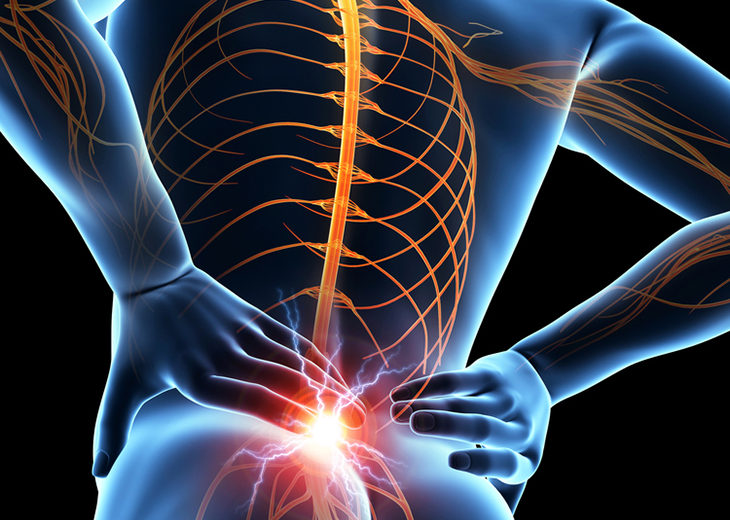Piriformis Syndrome is a condition caused by overactive muscle activity and/or irritation on the sciatic nerve as it passes directly under or through (~15% of the population) the muscle.
The piriformis muscle runs from the underside of the tailbone (anterior sacrum) and attaches on the inside (superior medial) of the long bone of the leg (femur). Therefore any type of sacral dysfunction or lower extremity biomechanical problem can cause undue stress on the piriformis muscle.
Typically, the piriformis muscle will become overactive (facilitated) in an effort to stabilize the underlying joints such as the SI joint (sacroiliac joint, hip, or lower lumbar). Because muscles like to turn on and off, a sustained contraction of the piriformis muscle can cause deep buttock pain. Additionally, patients who have a severe case of piriformis syndrome may experience difficulty with sitting and have to “sit off” of the affected side to achieve relief.
Some patients with piriformis syndrome may experience “piriformis sciatica.” This is when the sciatic nerve is compressed at the level of the piriformis resulting in nerve pain (dull achy, numbness, tingling, etc.) that typically radiates into the buttock and back of the thigh (usually not past the knee). Piriformis sciatica can be misdiagnosed as common sciatica, which is coming from the lower back (lumbar spine). Typically, piriformis sciatica can be reproduced in the FADIR (flexion, adduction, and internal rotation) position of the hip and can be confirmed with a nerve conduction study in this position.
Piriformis syndrome can be treated successfully with Physical Therapy where the therapist works to identify and treat biomechanical issues in the lower back, Sacroiliac joint, hips, knees, and foot that may be causing increased stress on the muscle. In addition to manual physical therapy, a stretching program that includes stretching the piriformis muscle above and below 90 degrees of hip flexion and strengthening of the core and gluteal muscles typically helps with recovery.
In some cases the patient may benefit from an evaluation for orthotics if the evaluator believes the foot position in the stance phase of gait is affecting the piriformis muscle.
For more information on piriformis syndrome and sacroiliac joint dysfunction email our therapists at [email protected] or visit www.pt360atl.com.
David Mesnick, PT, OCS, cMDT





